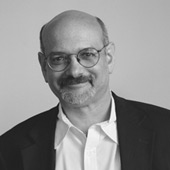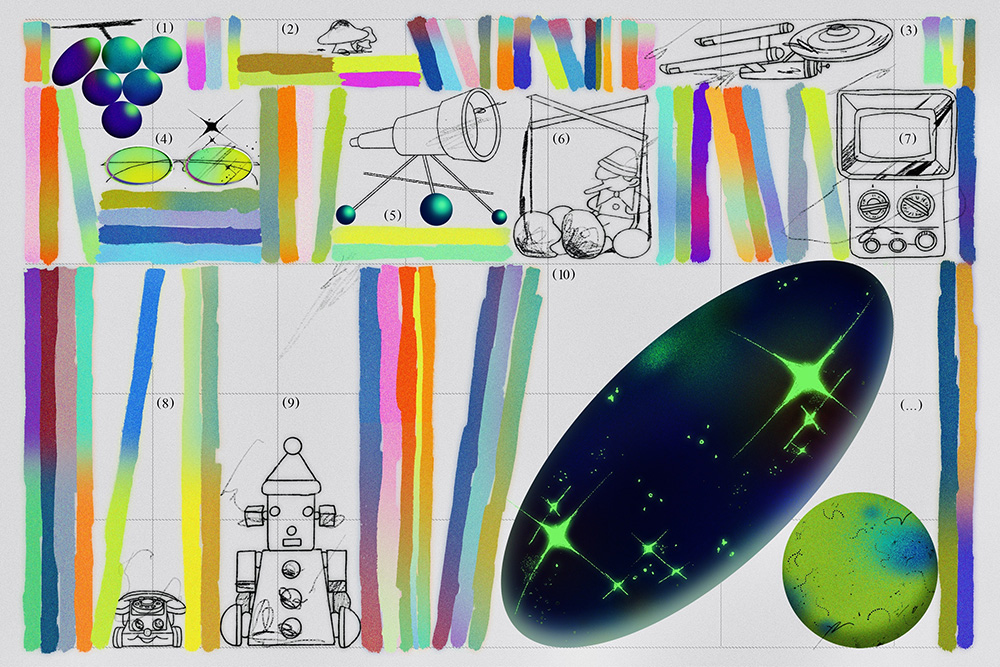
March 2, 2018
Thoughts on Gun Design

Guns are as American as apple and chicken pot pie. The belief in gun entitlement comes from the Second Amendment which ensures, in part, that the right of the people to keep and bear arms, shall not be infringed. But, it actually says “A well regulated [italics mine] militia, being necessary to the security of a free state, the right of the people to keep and bear arms, shall not be infringed.” In the 2008 case District of Columbia v. Heller [no relation], however, the Supreme Court held that the “Second Amendment protects an individual right to possess a firearm unconnected with service in a militia, and to use that arm for traditionally lawful purposes, such as self-defense within the home.” This interpretation of the Constitution is a bulwark of gun culture. But Americans loved their guns long before 2008. Not just for security or sport, but the look and feel — the design. Yes, endemic to handguns and rifles is seductive and alluring visual and tactile design that goes back to the old seventeenth century blunderbuss (from the Dutch word donderbus, which is a combination of donder, meaning “thunder”, and bus, meaning “pipe”.)
Have Gun Will Travel reads the card of a man.
A knight without armor in a savage land.
His fast gun for hire head’s the calling wind.
A soldier of fortune is the man called Paladin.
Bernard Herrmann, 1957.
I grew up shooting guns. Large, small, long barrel, and short snub-nose guns. As a pre-teen I attended a military academy where I earned NRA marksmen medals, learned how to field-strip an M1, fired a M14 with real and blank ammunition, and took personal possession for the duration of my stay of my own U.S. Model 1903 Springfield bolt-action rifle for marching on parade. To paraphrase John Lennon “happiness” was “a warm gun” — a strange feeling to have for a mechanism whose sole purpose was to kill (or in the case of military school maneuvers that simulate killing). But like so many, I was seduced by design from the stock to the barrel.
When Liberty Valance rode to town, the womenfolk would hide, they’d hide
When Liberty Valance walked around, the men would step aside
‘Cause the point of a gun was the only law that Liberty understood
When it came to shootin’ straight and fast, he was mighty good.
Burt Bacharach & Hal David, 1962
I was not a gun-nut. The term had not yet been coined. Yet I was a fan. Given all the television shows and movies that celebrated gun use, it would have been abnormal not to be drawn to such weaponry — and, of course, I never really saw what a .38 or .44, 357 or 30-06 caliber bullet actually did to a person; most of the depictions in media were sanitized. I went to a couple of gun shows, which, from my vantage point, were more like benign auto or boat fairs where new design models were the draw. Consequence was irrelevant — although I do recall vendors touting the ever increasing number of bullets a magazine could hold and the increasing number of shots per second that could be squeezed off. Guns were design-candy-with-a-kick. Every little change in material made a difference, and the more futuristic the better.
Happiness is a warm gun (bang bang shoot shoot)
Happiness is a warm gun, mama (bang bang shoot shoot)
When I hold you in my arms (oh, yeah)
And I feel my finger on your trigger (oh, yeah)
I know nobody can do me no harm (oh, yeah)
Because, (happiness) is a warm gun, mama (bang bang shoot shoot)
Happiness is a warm gun, yes it is (bang bang shoot shoot)
John Lennon, 1968
America’s gun culture is not simply rooted in the need to protect ourselves, our family, and our property, it is about fashion and design. It is about the hypnotic power that gun makers have cleverly and overtly imbued into every weapon, new and old. The famous photograph of JFK assassin Lee Harvey Oswald proudly clasping a 6.5 mm Carcano rifle while sporting a Smith & Wesson .38 revolver in his hip holster was one of a huge genre of men and women with their guns, as much to show power as to celebrate the design. Gun restrictions are necessary and that means somehow addressing the power of gun design and how it impacts our collective psyche.
Observed
View all
Observed
By Steven Heller

 Steven Heller is the co-chair (with Lita Talarico) of the School of Visual Arts MFA Design / Designer as Author + Entrepreneur program and the SVA Masters Workshop in Rome. He writes the Visuals column for the New York Times Book Review,
Steven Heller is the co-chair (with Lita Talarico) of the School of Visual Arts MFA Design / Designer as Author + Entrepreneur program and the SVA Masters Workshop in Rome. He writes the Visuals column for the New York Times Book Review, 


